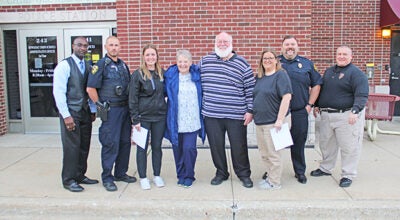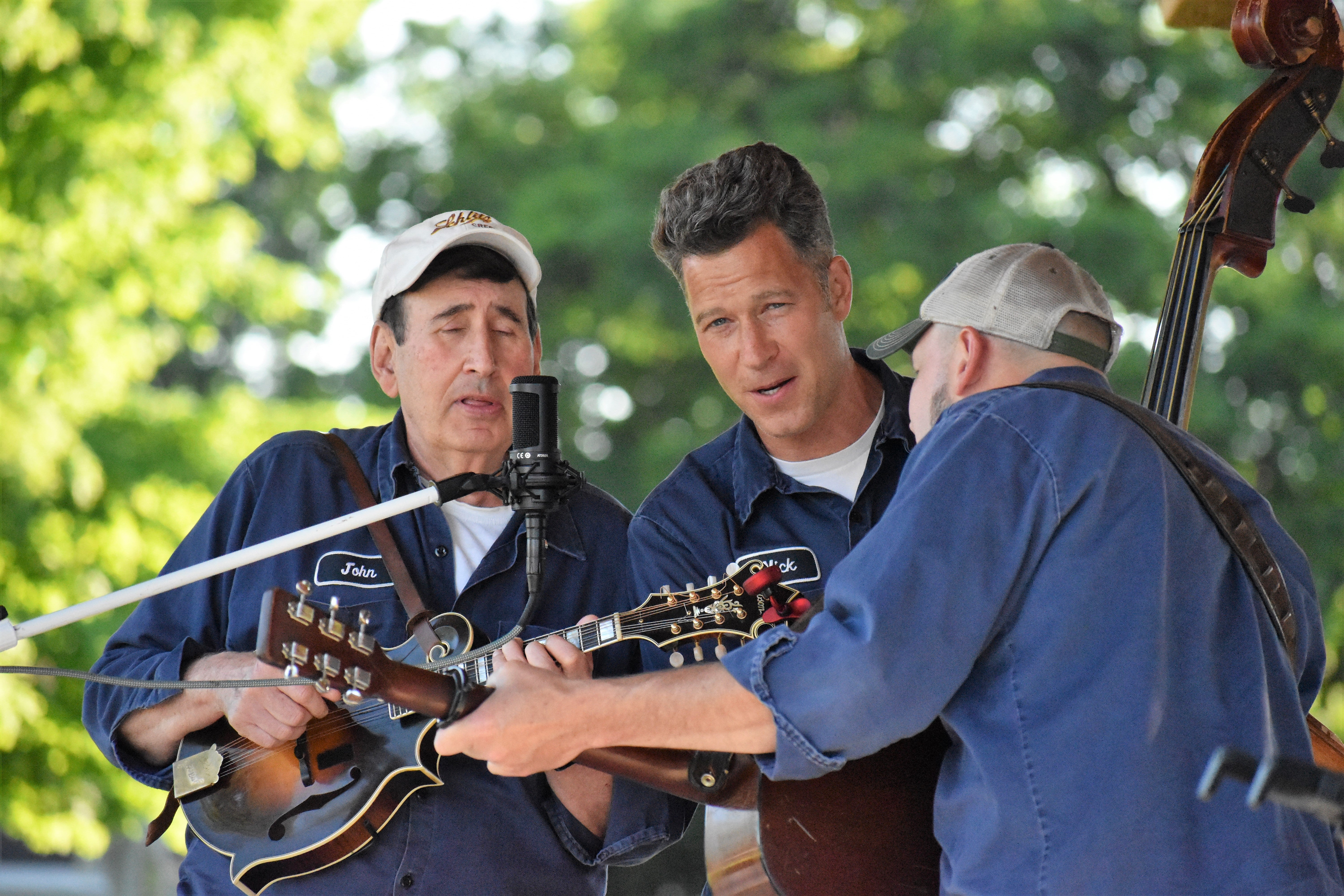Kids smart in different ways
Published 9:43 pm Tuesday, March 13, 2012
Let Ken Horn count different ways children are smart and the answer is eight.
Horn, who spoke to Sister Lakes Elementary School parents at Family Learning Night Monday, said, “Being intelligent means one of four things. We can solve a problem, we can contribute to the culture — whether it’s singing, dancing and author or someone who works in a factory or on cars — we can create a problem for someone else and the ability to learn.”
“You don’t usually think of creating problems for other people as being smart,” said Horn, of Lakeview Educational Consulting, “but if I can cause more problems for you than for myself, that is a sign of me being a little smart. We have some kids who are very good at causing trouble. That is a sign of intelligence, and we tend to forget that.”
Learning involves detecting patterns to construct meaning.
“Some of us make patterns in different ways,” Horn said. “Some want to be told how to do something. Other people say, ‘Don’t tell me, show me.’ I’m one of those people. My wife is a teller. She read the manual for the new dishwasher. I don’t get it when you tell me too much. Just show me which buttons to push.
“Experts say there are eight ways people can be smart — verbal linguistic, intrapersonal, logical-mathematical, musical-rhythmic, visual spatial, body kinesthetic, interpersonal and naturalist,” Horn said.
Of interpersonal, he said his wife of 37 years rises first and insists on “quiet time. She does not like loud. I have two volumes, loud and louder. People who are logical like puzzles, math and technology, but often struggle with reading, which is not very logical, with all kinds of rules and exceptions. Many studies say Chinese is the hardest language to learn to read and write, with English right after.”
While Horn can’t sing, “I’m very musical. I can remember what was happening when I first heard a song, from what the singer was wearing to the movement they did. Anything with a beat helps me learn.”
Visual “picture people” such as his wife baffle Horn, who is partially color blind.
“When we were building a house a few years ago, she came home with a stack of paint samples — 64 shades of white. Body kinesthetic people are moving all the time — their arms, their legs, even while reading a book. They do not sit still. They can solve a problem by going for a jog, not sitting and thinking.
“Interpersonal people need others. Social butterflies. There are no strangers, but they do not like to be alone. Naturalists are good at hunting and fishing and they can read people like a book. They’re the kid who stands in the door and tells the other kids the teacher is in a bad mood. They know how to manipulate and to get mom and dad to fight over things. Within 20 minutes of meeting you, they know which buttons to push.”
Verbal linguistics “talk a lot,” Horn said, “and they tend to talk louder when they get excited.” They respond to being told again and again that you love them, where an interpersonal wants their space and loves quiet time to be alone. Body kinesthetics love lots of physical contact — hugs, pats, touch. Naturalists believe love is about relationships and can’t care until they know you care about them.






